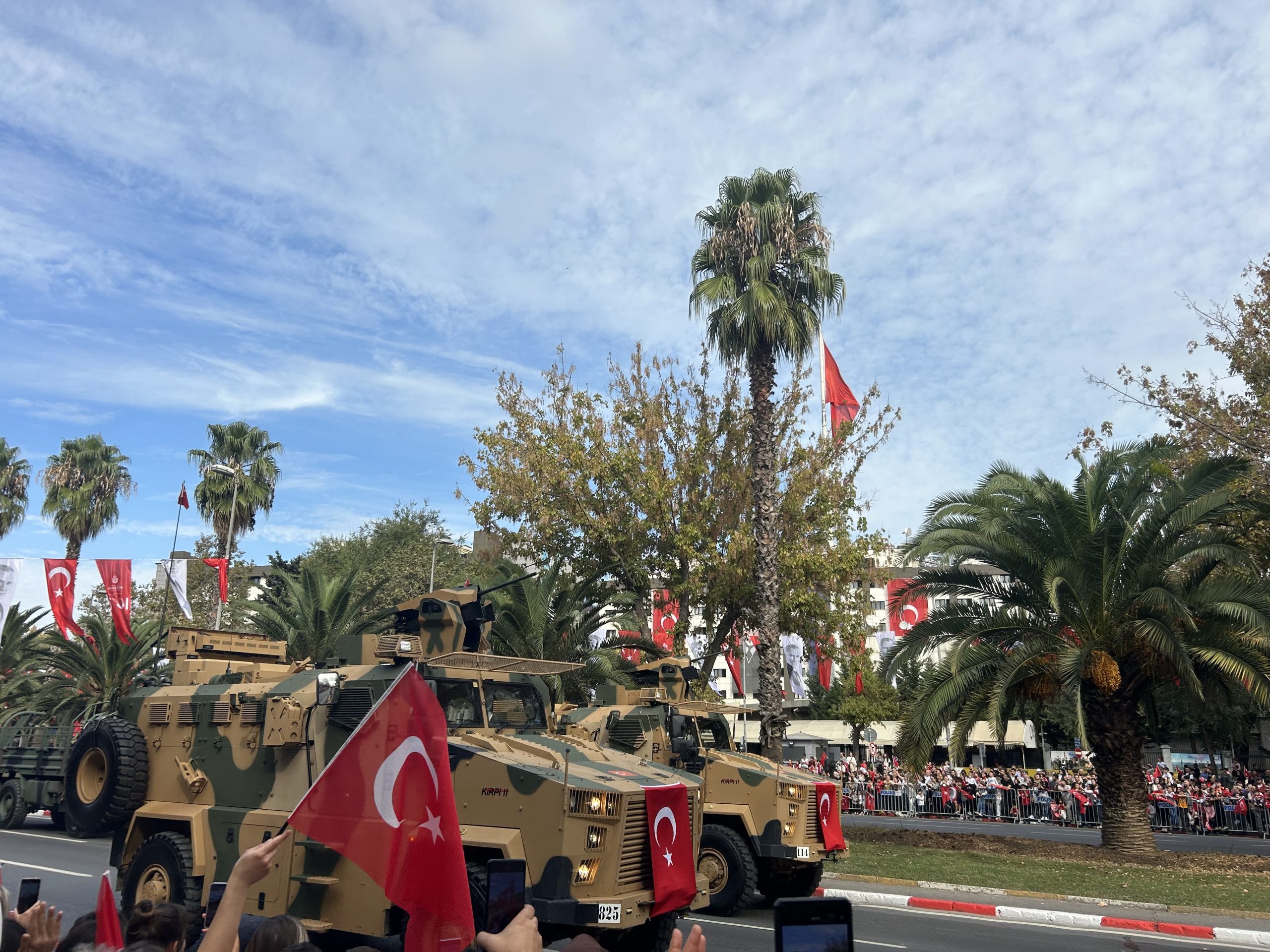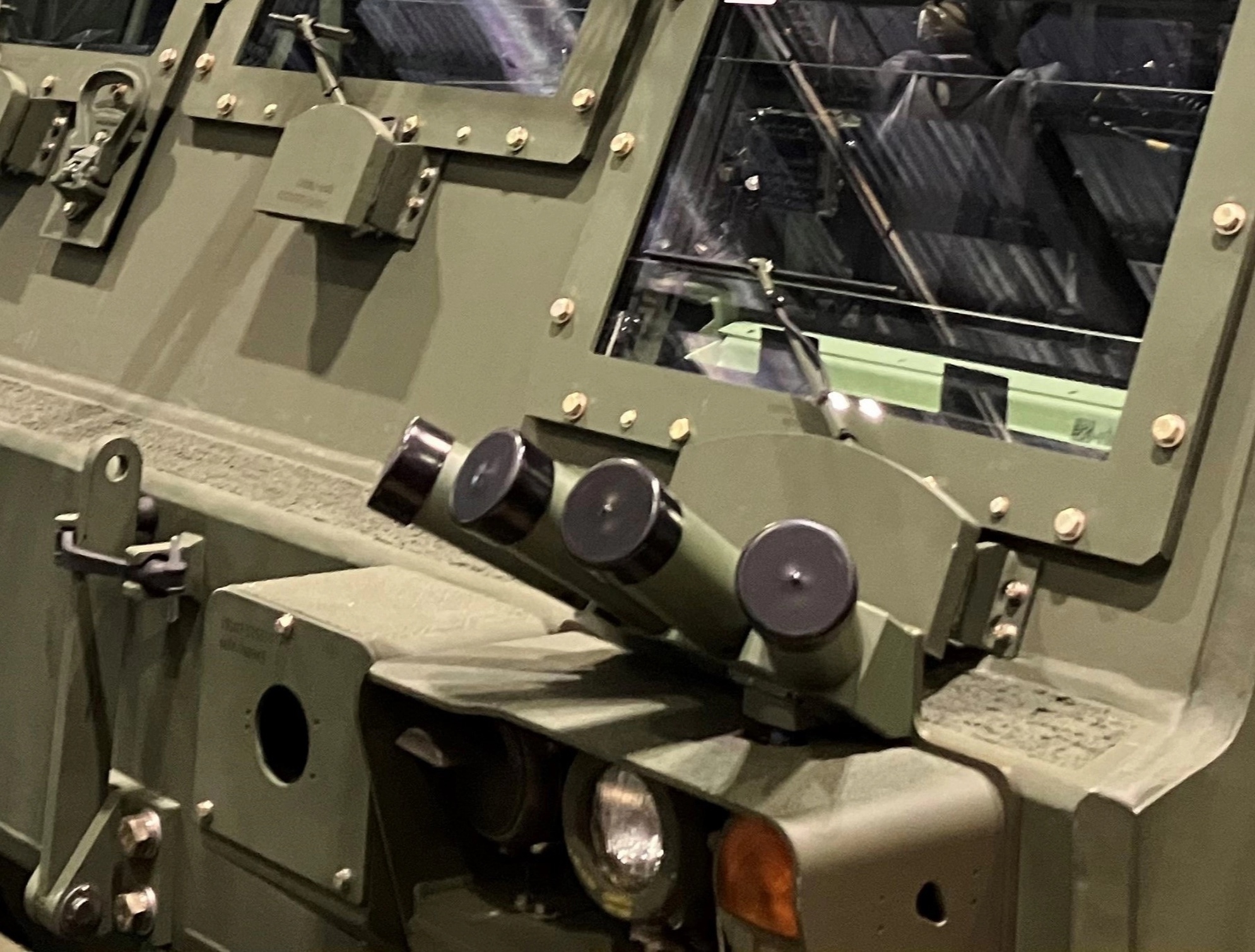IAV 2025: Boxer update
The need for mass is a consistent theme at this year’s Defence IQ International Armoured Vehicles (IAV) conference in Farnborough. Among the many presentations was a presentation by ARTEC on the role that the company sees Boxer playing in re-establishing this mass for European forces.
The representative started by noting that there are 1,760 Boxer vehicles on order or in service in 29 variants for six different nations. This includes: 551 for Germany in seven variants, 628 for the UK in four variants, 200 for the Netherlands with four variants, 211 for Australia in eight variants, and 118 for Lithuania in five variants. There are also 54 on order for Ukraine in the RCH155 configuration. The company has maintained a hot production line since 2009, allowing it to scale up orders quickly in response to growing demand and has also now has five production facilities in Europe, including the UK.
The ARTEC representative suggested that the new threat situation requires medium armoured forces to be empowered:
“This is because there is the need for rapid deployment that does not rely on rail or air transport. It has to reach the front line. The threat also differs from the last few decades and necessitates a high level of firepower and protection. They need sufficient firepower for infantry fighting operations. Numbers are critical and need to be increased.”
The representative went on to explain that logistics also need to be smoothed out and consolidated to allow for spares to be used across a fleet. The British Army calls this micro-modularity, he said before explaining that British vehicles have the same design in terms of key components and elements inside the vehicles, allowing a commander’s post from one Boxer to be used in another and so on. This led further to an exploration of the role of joint contracting.
“Joint contracting off-the shelf reduces price and speeds up delivery timeframes as well as reducing risk. This helps maximise the purchasing power of a given budget. If a nation buys individually using all of their own national requirements, then they alone bear the costs of qualification and acceptance into service. Joint contracting mitigates this risk,” he said.
At present, there are 19 mission modules that have either been delivered, are being delivered or are under contract with five other modules that are currently uncontracted. The representative added that all of the mission modules that are due to enter service have at least two development partners, which is key to reducing development costs and speeding up the process of procurement. The modularity is also seen as a strength, and the UK is currently asking for more mission modules as it has plenty of drive modules available, according to the representative.
Calibre comment
Europe is clearly working hard to re-arm its forces and there is a consensus emerging within the European defence industry. Although there are many different armoured vehicles being procured, including offerings from Turkey, the US, and European industry, it is apparent that joint procurements leveraging existing framework agreements allow for faster and more cost-efficient procurement. And, while the update above may not represent anything significantly new, it is valuable to see and understand the way in which ARTEC and its partners see the vehicles serving European defence needs.

Sign Up for Updates!
Get insider news, tips, and updates. No spam, just the good stuff!





